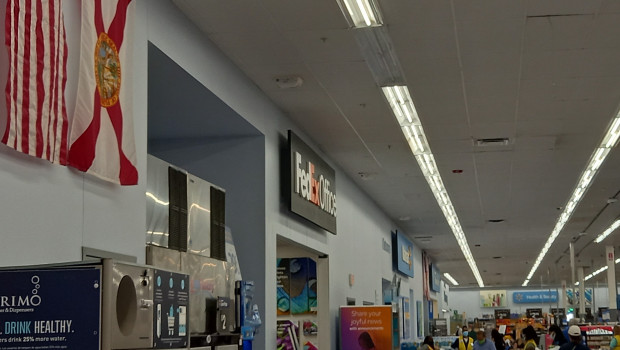US retail sales flatten out in July, but details stronger

Americans spent at a slightly lower than expected pace last month, although the details of the report were stronger.
According to the Department of Commerce, total US retail sales volumes were flat in July (consensus: 0.2%) at $682.8bn, following a 0.8% jump during the month before.
June's increased had previously been reported at 1.0%.
However, excluding sales of automobiles, retail sales rose by 0.4% (consensus: -0.1%) after a 0.9% rise in June.
Excluding both automobiles and gasoline then retail sales increased by 0.7% on the month.
Sales of automobiles and parts shrank by 1.6% on the month and those at gasoline stations by 1.8% to reach $124.99bn and $67.44bn, respectively.
Sales of clothing and at general merchandise stores also fell, by 0.6% and 0.7%, respectively.
On the flip-side, sales at miscellaneous store retailers meanwhile grew 1.5% and those at non-store retailers by 2.7% with the latter reaching $110.62bn.
Sales of furniture, electronics and of food services all rose, alongside a 1.5% jump in those for building materials.
The "muted" 0.1% increased in food services suggested the recovery in services consumption slowed, said Michael Pearce, senior US economist at Capital Economics.
The drop in auto sales on the other hand was a "a bit of a mystery" because it did not match up with the rise in manufacturer´s unit sales last month, he added.
Nonetheless, overall the decline in petrol prices had freed up money to be spent in other categories.
"While overall retail sales were unchanged in July, the details were far more encouraging, with a price-related fall in gasoline sales freeing up households to increase spending on other goods," the economist explained.
Pearce also estimated that when adjusted for inflation consumption was up by 0.5% on the month, so that even if growth weakened in August and September, it was on track for an increase of 2.0-2.5% annualised.
For his part, Ian Shepherdson, chief economist at Pantheon Macroeconomics, said the data pointed to a 0.3% rise in real consumer spend in July, putting the third quarter off to a "good start".
"In one line: If you're looking for recession, you won't find it here. [...] Expect to see Q3 GDP forecasts move a bit higher, and look out too for forecasts of upward revisions to Q2."